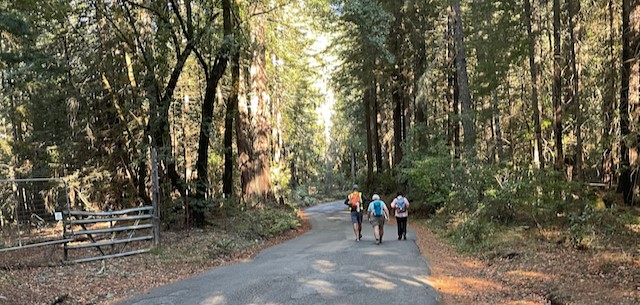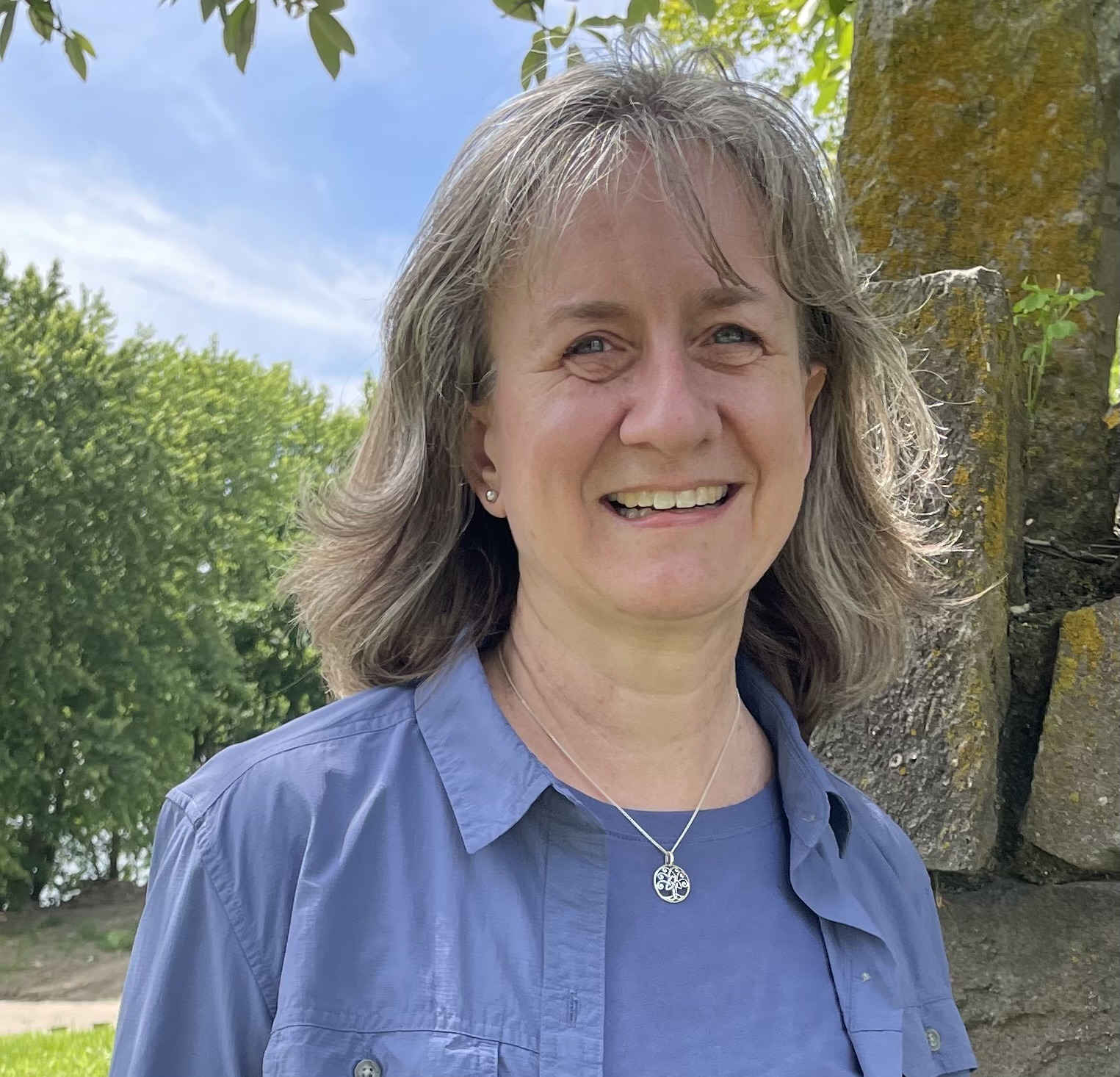
In anticipation of the next Via Divina online pilgrimage, The Harmony Way, pilgrimage director Jamie Noyd will be sharing six spiritual practices of pilgrims over the next weeks before The Harmony Way begins on October 14. This is the second in the series. Visit the landing page for The Harmony Way for more information and to register.
Walking is a key element of pilgrimage. This may be walking a route such as the Camino de Santiago for hundreds of miles. It may involve walking around a sacred site such as the mountain retreat of Laverna, where Francis of Assisi received the stigmata or marks of Jesus. Or it may involve walking across campus – from your office to a classroom. Whatever the length of the walk, something happens in this common, everyday movement.
Physical acts such as walking are not an accessory to our lives, but a key part of being human. The entire biblical narrative affirms the goodness of our embodied reality. In the beginning, God called his creation good, including human beings made in the image of God. Jesus’ incarnation – the one who is the perfect image of God – dramatically affirms our human existence as God came to be with us, to suffer with us, and to interact with us in a tangible way to show us what God is like. Throughout the scriptures, writers use walking as a metaphor to represent God’s relationship with us. And Jesus walked. We see him walking with disciples and talking along the way, walking in communion with his Father, walking in ministry.
Walking seems to be the “speed of our souls,” as Mark Buchanan writes. At this slowed-down speed, we become more aware of our thoughts, feelings, and experiences of our body (i.e. mind, heart, and strength). I’m sure we have all experienced how ideas come to us in the middle of a walk when we are no longer focused on the problem. The movement itself frees the working of our brains to think anew. This movement can literally take us out of the feelings of fear in which our amygdala may have us trapped and can help us to consider new ways. Walking heals.
So, on the way to the story in our pilgrim practices, walk. Whether for two weeks or two minutes – a walk takes us out of our former places as we move to a different location – from the old story to the new. Walk beyond getting from one place to the next. Observe. Enjoy. Delight. Invite. Get to know the speed of your soul. Be curious about the thoughts, feelings, and experiences you encounter. Walk with a companion and share stories. In this space between, this liminal space, we are open for God to enter and shape us. Step by Step.
REFLECTION QUESTIONS
- Go for a walk. How does walking affect your thoughts and emotions?
ADDITIONAL RESOURCES
Mark Buchanan, God Walk: Moving at the Speed of Your Soul, 2020
Pilgrimage Practices (#1): Becoming Aware of our Stories

Jamie serves with InterVarsity Graduate and Faculty Ministries as an Associate Director of Faculty Ministry and as interim Director of the Emerging Scholars Network. Among other things, in this work she enjoys the opportunity to put into practice her doctoral research in literary pilgrimage and training in spiritual direction. She also ministers with the local faculty community at the University of Cincinnati.

Leave a Reply